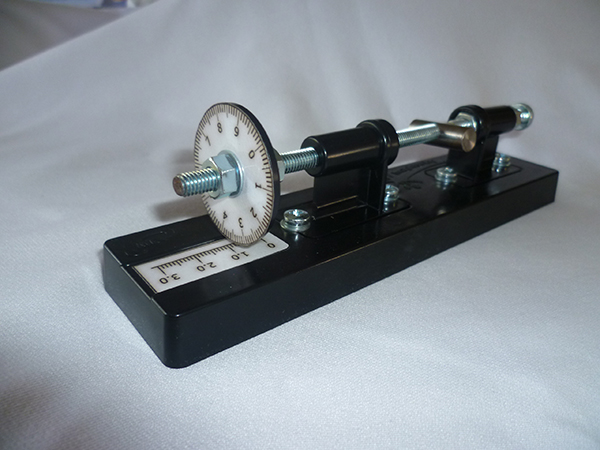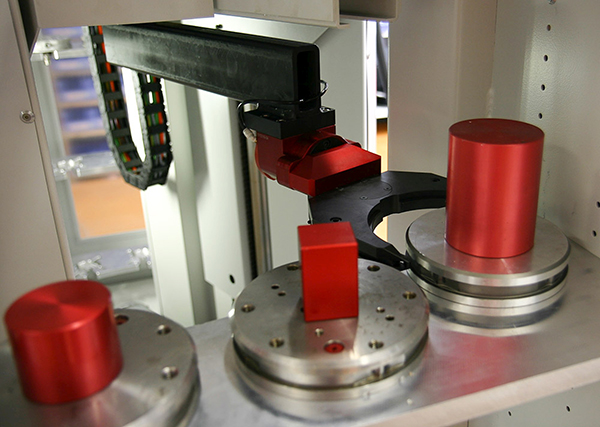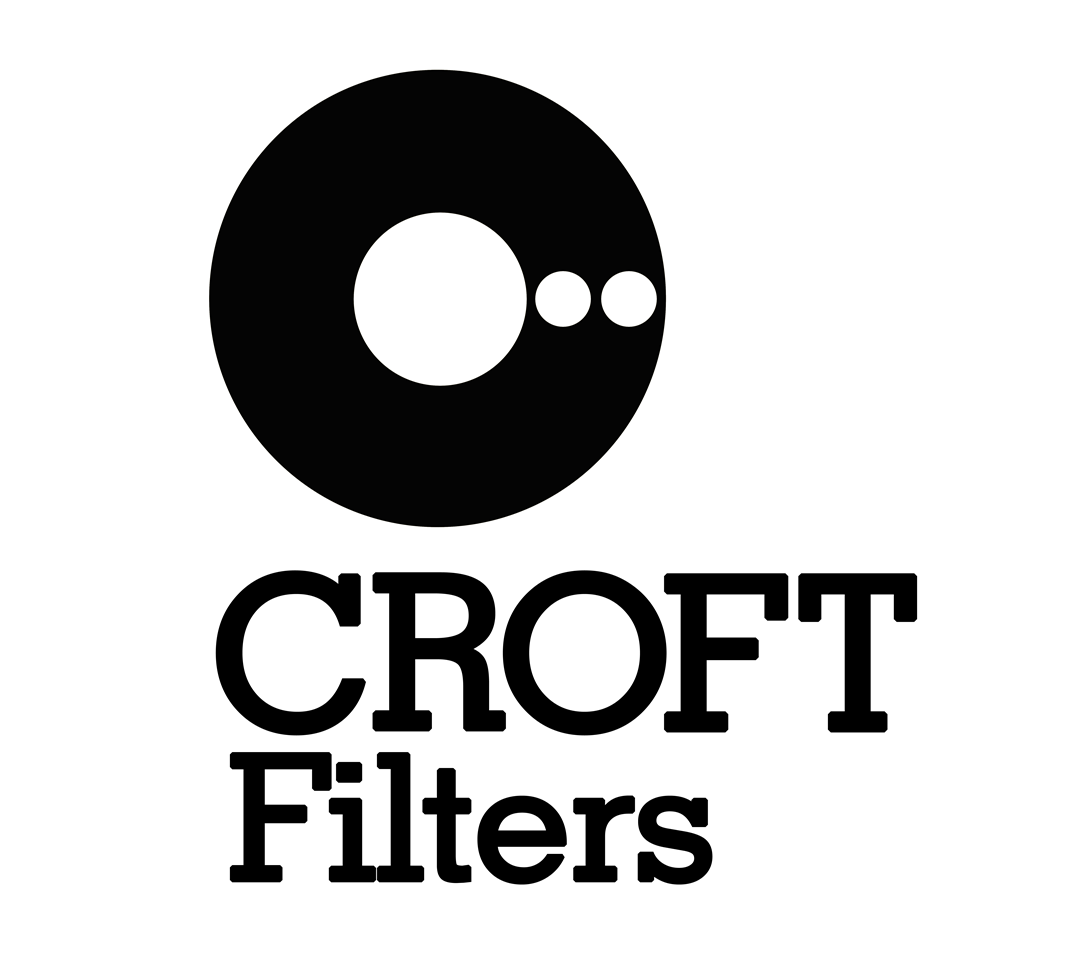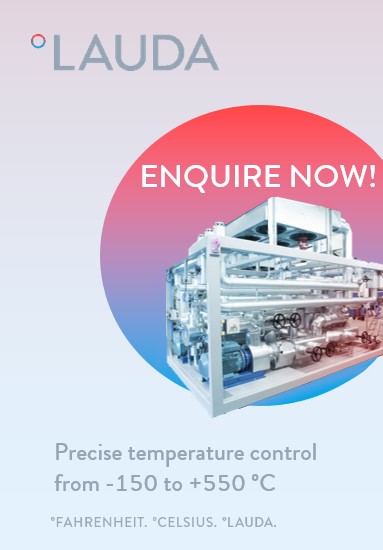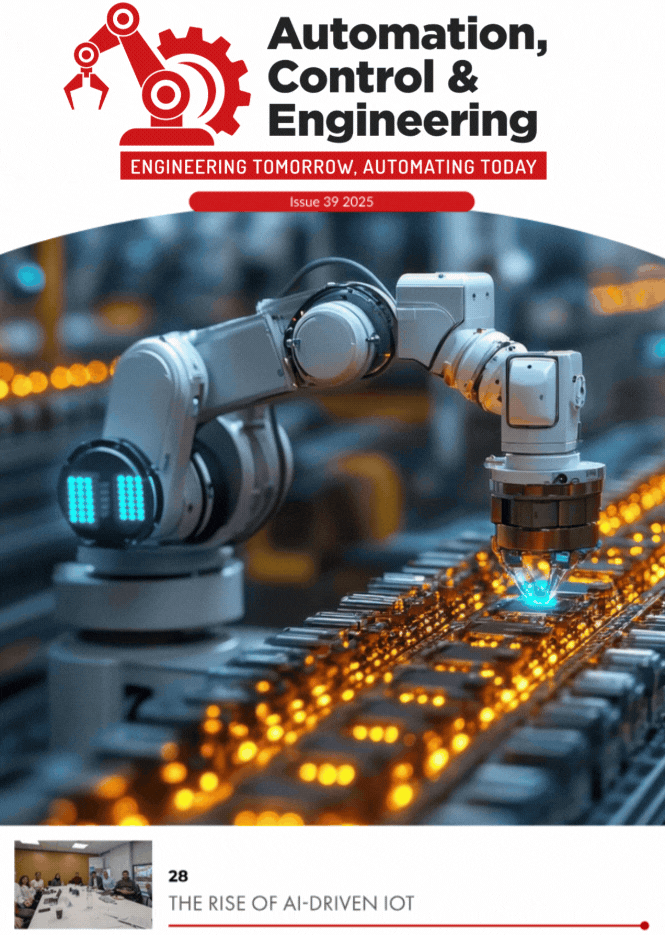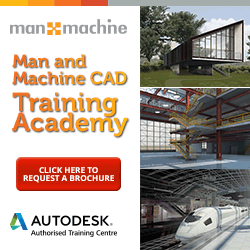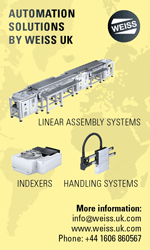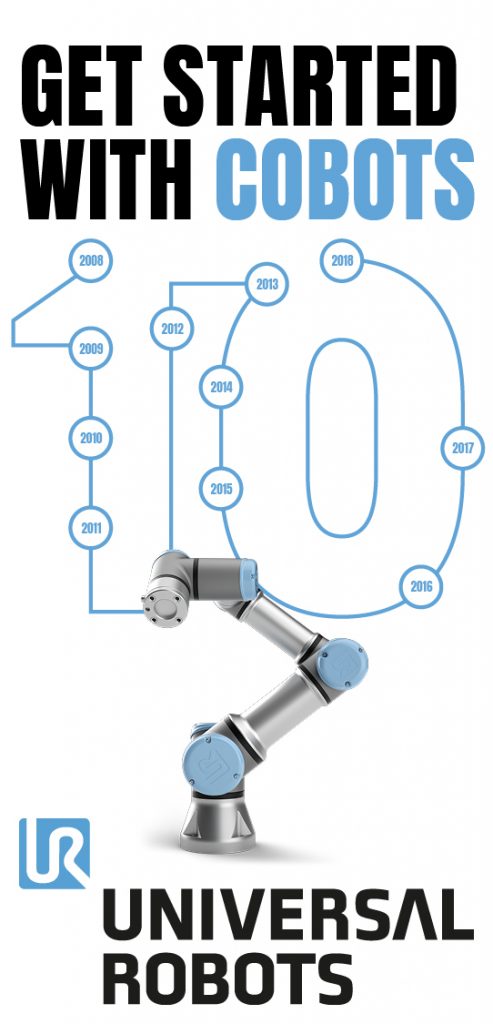Keeping roll cages on the move with iCart
ICART now offers an efficient and reliable solution for automated handling and buffering of roll cages.
Roll cages are a key link in the transfer of product from the production process to the supermarket shelf, no more so than in the Food and Drink sector. Typically, these are products with a large physical volume and vast production quantities that combine to form a massive internal logistics headache normally solved in the most inefficient manner, by using manual labour.
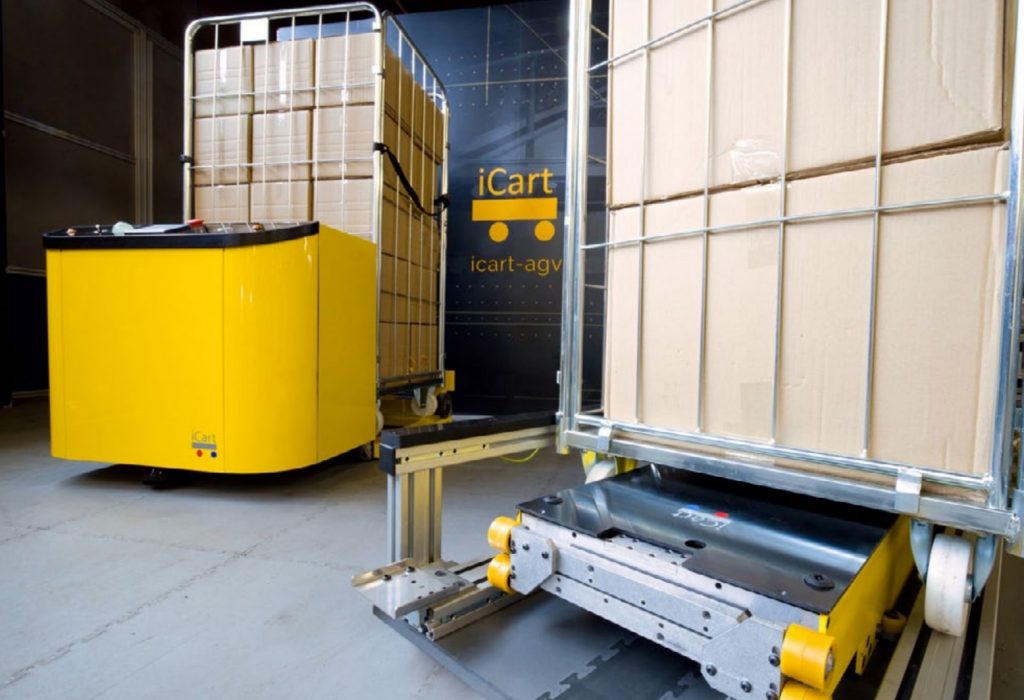
At the heart of the problem? The roll cage itself. It was never designed to be handled automatically. Until now solutions to this problem have often been unwieldy, unreliable, and largely unaffordable. ICART tackles the problem in a revolutionary way. There are no conveyors or complex mechanisms spread around the production area. Instead, iCart Trucks move roll cages between processes and iCart shuttles transfer, buffer and queue roll cages without human involvement.
Automated guided vehicles have been around for many years and like more conventional robots are very rarely a solution in themselves. That’s where iCart is different. It’s a total solution. Most applications are handled by seamlessly integrating two different types of iCart, the truck and the shuttle. They can be configured to operate in swarms, operating in an autonomous manner and requiring a minimum of supervisory control. They can bring about massive efficiencies and savings in a wide range of in-house logistics applications.
A lot of the success of iCart has been in its ability to handle short term storage and buffering as well as moving items from point to point. Most alternative storage systems are designed to hold items for days or weeks. With iCart the storage timescales are measured in minutes or hours.
The original iCart, developed 12 years ago, had many novel features including the ability to negotiate complex routes without user programming. Systems with a 1km route and 20 stop positions or stations were typically installed within a day. It has been successfully used around the world including the Giga-factory in the Nevada Desert. The second generation iCart, launched this year, has double the performance capability in terms of load, speed and manoeuvrability.
Trolley handling has always been a key feature of iCart. The iCart shuttle was specifically created to support buffering and queuing of trolleys. The iCart shuttle is a “game changer”. It can handle the buffering, queuing and transfer of trolleys and roll cages without the need for complex push-pull mechanisms or conveyors. It moves under the roll cage or trolley, using laser sensors to build a profile of the roll cage and can adjust its position and connection mechanisms accordingly. It can recognise gaps in the buffer and quickly moves nearby roll cages to ensure there’s space available where needed. This profiling also enables it to compensate for significant variations in manufacturing tolerances. The shuttles are battery powered and automatically move to a floor mounted charging point when they have no work to do. Energy Costs are another key benefit. A shuttle typically uses less than £50 of electricity per year.
The integration of truck and shuttle enables a complete hands-free loadunload solution. The shuttle can load and unload trolleys and roll cages automatically. Roll cages can be transferred in and out from the system either directly via shuttle buffers or at manual load unload stations.
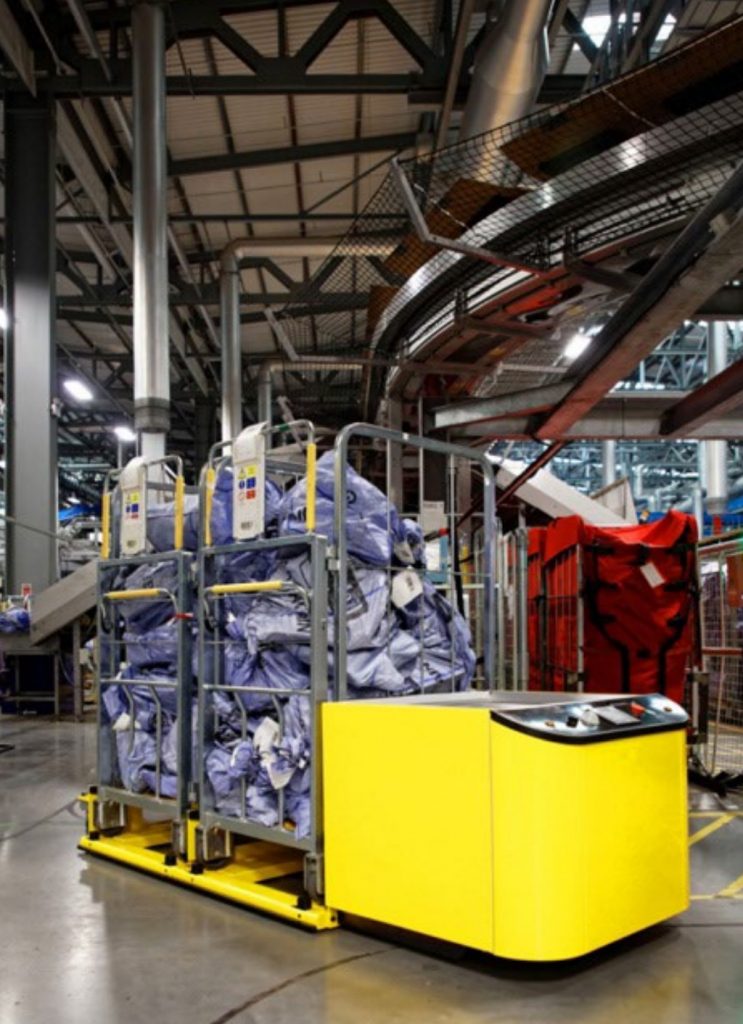
The first application of iCart shuttles was in one of the largest mail centres in the UK over 3 years ago. Now shuttle buffers, up to 60m long, are in place in a variety of locations within the UK. Multiple shuttles sometimes work as a team within a single buffer passing work between each other to achieve high throughput. Multiple trolleys can be handled at the same time with loads of over 1 tonne. These systems manage, move and store trolleys without operator intervention saving thousands of miles of walking by operators every year.
iCart systems are modular robotic solutions designed to solve in-house logistics problems. They bring about radical improvements in key performance indicators for their customers. iCart modules integrate with one another and complete systems can be quickly customised to suit specific user requirements. At last efficient and reliable automated handling of roll cages can now be achieved using iCart, developed in the UK by ADM Automation Limited. Further information at: www.icart-logistics.com

